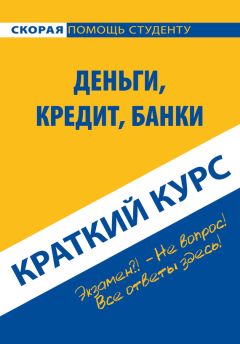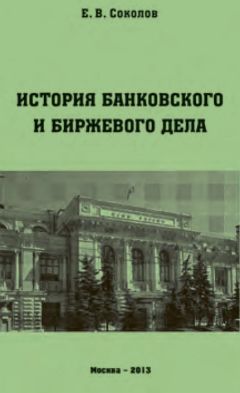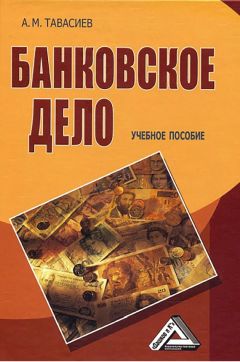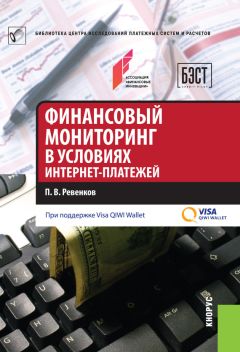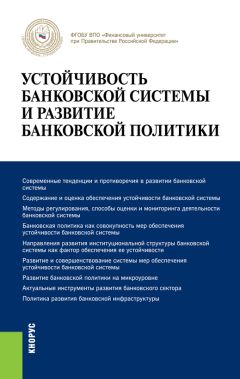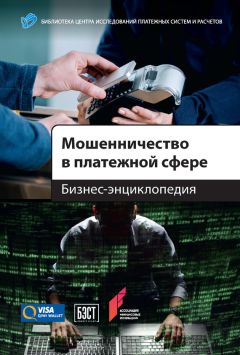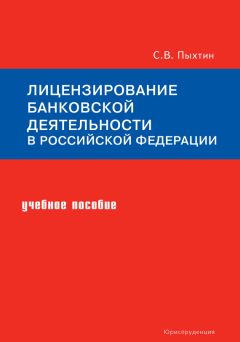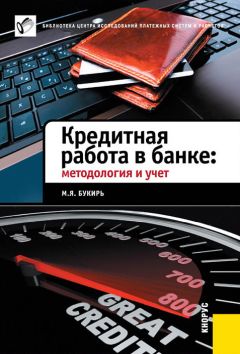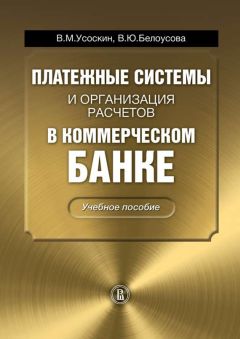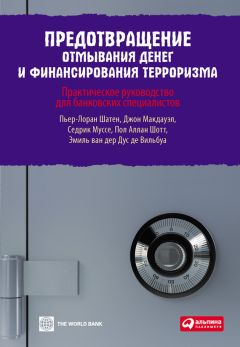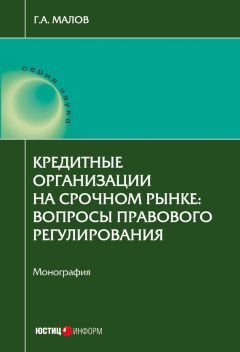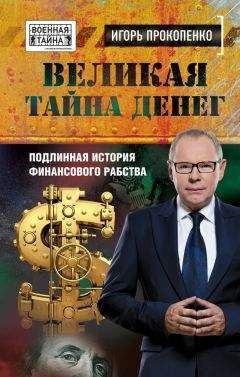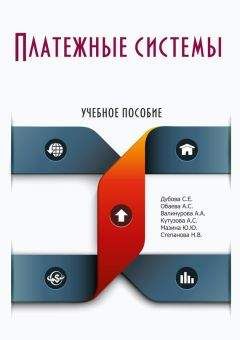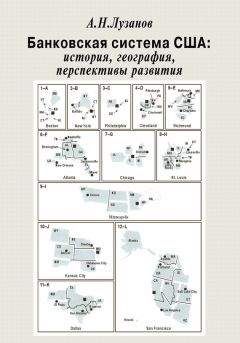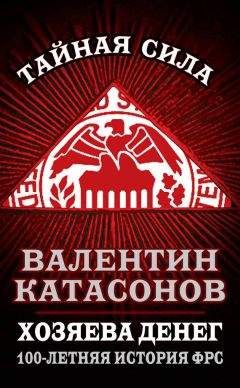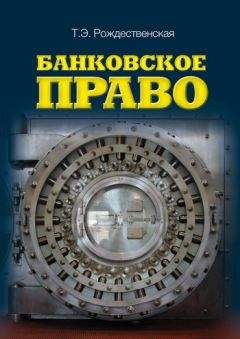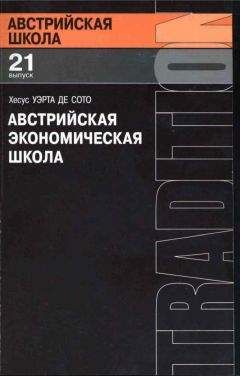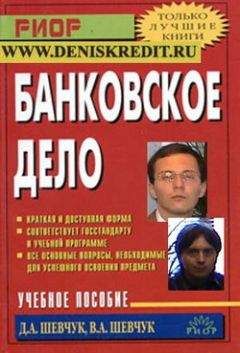Коллектив авторов - Money, money circulation and credit
Все авторские права соблюдены. Напишите нам, если Вы не согласны.
Описание книги "Money, money circulation and credit"
Описание и краткое содержание "Money, money circulation and credit" читать бесплатно онлайн.
This еducational manual reviews the questions of money, credit and bank system theory and practice in our country. In particular the essence of money, money turnover, credit, money, credit and bank system of the state, the establishment and development of the bank system of our Republic, its functions and operations, the capital market, stock-market and international currency and credit relations development.
This еducational manual is published for students and lecturers of the economic universities.
And is also could be useful for credit and fi nancial system employees.
Any distribution of this work or its part without the author’s agreement or other actions which violate a copyright norms are prohibited and punished by law.
В учебном пособии рассматриваются вопросы теории и практики денег, кредита и банковской системы страны, в частности, сущность денег, денежное обращение, кредит, денежная, кредитная и банковская система государства, становление и развитие банковской системы республики, ее функции и операции, развитие рынка ценных бумаг, фондовая биржа и международные валютно-кредитные отношения.
Учебное пособие предназначено для студентов и преподавателей экономических вузов. Также оно может быть полезным работникам кредитно-финансовой системы. Любое распространение этой работы или ее части без согласия автора или других действий, которые нарушают авторское право, запрещены и караются по закону.
According to the evolutional theory we can give the following description of money: Money are the historically developing economic category which expresses the definite economic relations between people in the process of production and distribution.
The essence of money consists of their features:
The universal immediate exchangeability – the possibility to exchange money onto any items of value.
The independent form of exchanged value which is not connected directly with realization of goods. The most significant cases of money usage in this form are credit accommodation, loan indebtedness redemption, financing of various manufacturing and nonmanufacturing costs, etc.
The materialization of the universal labor time is that labor spent on the goods production creates their value which could be changed by means of money.
1.1.2. The functions of money
The generation of money and their usage led to the great consequences. Money generation allowed to overcome the narrow bounds of mutual exchange of separate producers by means of goods and to create conditions for market generation in the operations of which many owners of different goods can take part. It provided the further development of production and improvement of its effectiveness.
The fact of money usage has a considerable importance because thanks to which appeared an opportunity to separate a nonrecurrent process of the goods’ mutual exchange (G-G) on two asynchronically implemented processes:
– the first consists of the good sale (G-M);
– the second consists of the required good purchase in another time and in another place (M-G).
Whereby the usage of money is not implied as a representative in the goods exchange processes. By contrast the money functioning obtains features of an independent process: the commodity producers can save money got from the realization of their goods till the moment of required good purchase. Hence the money savings appeared which could be used as for the goods purchasing and for money loaning and for debts repayment.
As a result of such processes the money flow acquired an independent meaning and separated from the goods flow.
The money functioning got more independence after the full-bodied money substitution which had their own cost onto the monetary units and after the following fixed gold content of the monetary units cancellation. After that the money appeared without their own intrinsic value what allowed to emit the monetary units according to the turnover necessities regardless the gold guarantee availability.
Thanks to cashless settlements generation including payments made on electronic devices the independence of money enhanced widely.
From the great antiquity we can follow the proofs that money performed three basic functions:
1) the standard of value;
2) the instrument of circulation;
3) the store of value.
The first money function is the function of value standard or in simple words of unified product worth measurer for sellers and buyers. In order to define the value of any good it should be compared with some quantity of money. However it must be borne in mind that money don’t make goods comparable because the last are the products of human labor and have homogeneous base of comparison – abstract labor.
The value of good expressed in money is the price of good. The price or monetary commodity form, ideal form with only an idea. Only the good with a relative form of value can have a price. Money do not have price, their cost couldn’t be defined by the money themselves. Instead of price money have a purchasing power expressed in an absolute quantity of goods which could be purchased on them.
After money invention people could find them usage only because they made one more great invention: all the goods could be compared to each other on the basis of their relative value and the value itself could be expressed by means of unified measurer – money. For the commodity-money operations different monetary units are used – tenge, dollars, marks, etc. These units measure and compare value of commodities. This function of accounting money is called standard of prices.
Money as a standard of value is homogeneous what is very important for counting and record keeping of implemented transactions. Expressing prices in dollars and cents people can compare and equalize the value of different goods immediately and freely.
If one good costs 20 tenge and the other 10 then the relative value of these goods is evident. Let’s say that our economy system doesn’t have a standard of value. In this case instead of definite price expression of each good in tenge we would form proportions of exchange of each good and service on each other good. For different goods and services the quantity of possible combinations is quite great and the good’s price determination becomes quite difficult.
Between money as a standard of value and money as a standard of prices the substantial differences exist. Money as a standard of value relates to all the other goods, it appears spontaneously, changes in accordance with the quantity of social labor spent on money commodity production. Money as a standard of prices is specified by the State and acts as fixed weighted quantity of metal changing with the cost of this metal.
Initially the weight content of the monetary unit coincided with the standard of prices what reflected in the names of some monetary units. Thus in past the English pounds sterling really and truly weighted one pound of silver. During the gold circulation the standard of prices supposed the monetary unit determination equal to the definite quantity of gold. In the USA in 1900 one dollar was equal to 1.50463 g. of pure gold but during the following devaluations of dollar the content of gold fell triply: in 1934 to 0.889 g., in December of 1971 to 0.818 g. and in February of1973 to 0.737 g. In the course of historical development the standard of prices separated from the weight content of monetary unit.
The Jamaican currency system introduced in 1976 till 1978 canceled an official price on gold and the gold parities as a result of which the official standard of prices became irrelevant. Gold was drove out of circulation by inconvertible credit money. At present time the official standard of prices changed on actual which forms spontaneously in the process of market exchange.
During the inconvertible credit money circulation the price confirms in the goods directly but not in gold. That’s why the price is the form of appearance of exchange ratio of the good to all the goods but not to the yellow metal specifically.
At present time paper money performs the function of standard of value without any gold guarantee but not less successfully then precious metals.
Money as an instrument of circulation. Money was born by trade and appeared as a technical mean which facilitates the goods’ exchange. Because without money only the direct exchange could be done when each of partner has a required good for another partner. But even there will be three people they can fail the deal if won’t use money. In other words money facilitate greatly the transition (or, as economists say, «circulation») of goods between the trade participants. Money serves as a universal language which helps sellers and buyers to come to agreement.
By the way that’s exactly why gold and silver became the main money commodities which contained the basis of the World’s leading countries’ monetary systems till the middle of the last century. These precious metals were admitted by the majority of nations all over the World as the most recognized monetary language which facilitated greatly as internal and international trade.
During the direct commodity exchange (G-G – good for good) the purchase and sale happened simultaneously in one place without any gaps. The commodity circulation (G1-M-G2) consists of two independent actions separated in time and place. Money plays the role of representative which allows to overpass the temporal and spatial gaps and to provide continuous process flow.
To money peculiarities as a mean of circulation first of all we can include the real money appearance in circulation and its evanescence in exchange. In this connection the token money – paper and credit – can perform the velocity function. Here the parallel countermotion of money and goods happens when money is tied to the goods movement. Historically this function generated token (paper) money.
The function of means of hoarding and savings. Money being the universal equivalent i.e. providing its owner the receipt of any good becomes a creation of social wealth. People feel an aspiration to save and reserve money. During the metal circulation this money function played the role of spontaneous regulator of the money turnover – spare money went to treasures and money shortage was filling up by them.
In the conditions of widened commodity reproduction the accumulation (saving and storing) of temporarily disposable monetary resources is a necessary condition of the capital turnover. The creation of money reserves flattens the inequalities and peculiarities of economic life. On a nationwide scale the gold reserve stock creation was required. In accordance with a demonetization of gold the amount of gold hoard gives evidence of the State’s richness and provides trust of residents and nonresidents to the national monetary unit.
Money can perform this function because it has «a perfect liquid- ity» of a nominal value.
Of course there is no use to save money in the countries with growing inflation because it devalues too fast. In consequence it looses its force of attraction in spite of high liquidity. If every day we can buy the lesser quantity of goods on dollar, ruble or tenge people wouldn’t like to save the value too long in a monetary form. There are known cases when in the conditions of hyperinflation the workers claim not for the monthly wages but for daily in order to spend their money before the prices will grow on the next day.
In those countries where the hyperinflation exists the national currency could be almost denied as a mean of hoarding and as a standard of value. In such circumstances an interesting situation appears: the national monetary units perform the functions of circulation and standard of prices but as a mean of hoarding the more stable foreign currency is used bought by the monetary assets holders.
The representative function interweaves and interlinks directly with the function of money as a mean of payment – payment of taxes, receipt and reimbursement of credit, payment of salaries, allowances, payment for utility services. Whereby a money circulation is not accompanied by a simultaneous goods transfer.
Initially this function was performed by the gold money and then by paper and credit. Historically the function of a mean of payment generated the credit money – a kind of token money. Money as a mean of payment has a specific scheme of transfer (G-UPI-G) which is not linked with the goods’ countermotion, i.e. money – urgent proof of indebtedness – money.
According to this scheme in the conditions of developed goods production the goods’ owners are linked to each other and a payment link opening will cause a range of payment failures: one tenge of the State debt will result 5-6 tenge of the other nonpayments.
In the conditions of a legal basis imperfection and an inflation growth in the middle of 90th of the last century the crisis of nonpayments accrued. Thus in Kazakhstan in the beginning of 1995 the nonpayments amounted 368.2 billion tenge, in 1996 – 533.9 billion, in 1998 – 637.9 billion. From 1998 some decrease occurred – 518.9 billion tenge and on 01.12.2002 – 148.2 billion tenge what was the result of the economic situation stabilization.
The usage of money as a mean of payment was described in detail in «The Russian Truth» (the XIth century): «Kunas are needed for payment of viras (penalties), debts and rezas (percents), obrok and render (for plough – ral and yard – smoke)». As the industrial society developed a mean of payment increasingly substituted a mean of circulation.
In the modem economic literature these two functions of money are usually united. It is hard to overshoot the significance of money as a mean of circulation because it allows avoiding a barter form of trade. An exchange of barter on a money trade separates the act of sales from the act of purchase.
If money exists the seller should find somebody who’d like to buy his good and then after money receipt he will buy everything that he’d like. An exchange of barter trade mechanism on a mechanism which uses money as a mean of circulation leads to a circulation cost improvement.
A money exchange demands rather less forces and time then barter. Decreasing the circulation costs money stimulates the development of specialization and trade. Money which performs well the function of a mean of circulation is gladly admitted by everyone. Money gives its owner some purchasing power which is very important advantage.
Money allows making a flexible chose of types and quantity of the purchased goods and either of places and time of shopping and the dealing partners. If some mean of circulation is used for the quite long time period thus its usage becomes stable and depends on the readiness and desire of population to use it.
These are some examples of money unacceptability. In 1970 the U.S. Treasury for two years issued the two dollar banknotes which were suspended from 1966. The Americans didn’t admit these banknotes. One of the reasons was that a two dollar banknote could be easily misrecognized as a one dollar. People obviously preferred the banknotes with a bigger nominal difference, for example between 1 and 5 dollars, but not 1 and 2. Besides many people found the two dollar banknotes unlucky.
In 1979 the U.S. Treasury tried to decrease the emission costs again by a one dollar coin issuing with an image of Susan B. Anthony. A great saving was planed because the coin’s service life is equal to 15 years in average, but the paper notes serve not more than 18 months. Either the U.S. Treasury supposed that the usage of one big coin is much more convenient then of some little. And again this effort was neglected by the population: first of all because this coin was similar to a quarter of a dollar coin by size and they could be easily misrecog- nised; secondly paper money is more preferable than coins.
The function of world money. It is a function of money used on the world market for international relations support. The world money performs three functions:
Of an international mean of purchase – money is used for the goods purchase and sale on the world money for cash;
Of an international mean of payment – money covers the international debts;
Of an international standby fund – money performs the role of an international mean of payment stock. The state gold reserve stock performs this function.
Historically the gold played role of the world money as an external account mean of control. The Paris agreement of 1867 declared only this metal. And such situation kept for quite a long time.
After the World War Ist some other national currencies of different countries joined the rank of world money – the US dollar, the British pound, the French franc. In 1922 it was formalized in legislation by the international agreement in Genoa when the British pound and the US dollar were announced as the equivalents of gold and introduced into the international circulation.
Подписывайтесь на наши страницы в социальных сетях.
Будьте в курсе последних книжных новинок, комментируйте, обсуждайте. Мы ждём Вас!
Похожие книги на "Money, money circulation and credit"
Книги похожие на "Money, money circulation and credit" читать онлайн или скачать бесплатно полные версии.
Мы рекомендуем Вам зарегистрироваться либо войти на сайт под своим именем.
Отзывы о " Коллектив авторов - Money, money circulation and credit"
Отзывы читателей о книге "Money, money circulation and credit", комментарии и мнения людей о произведении.






